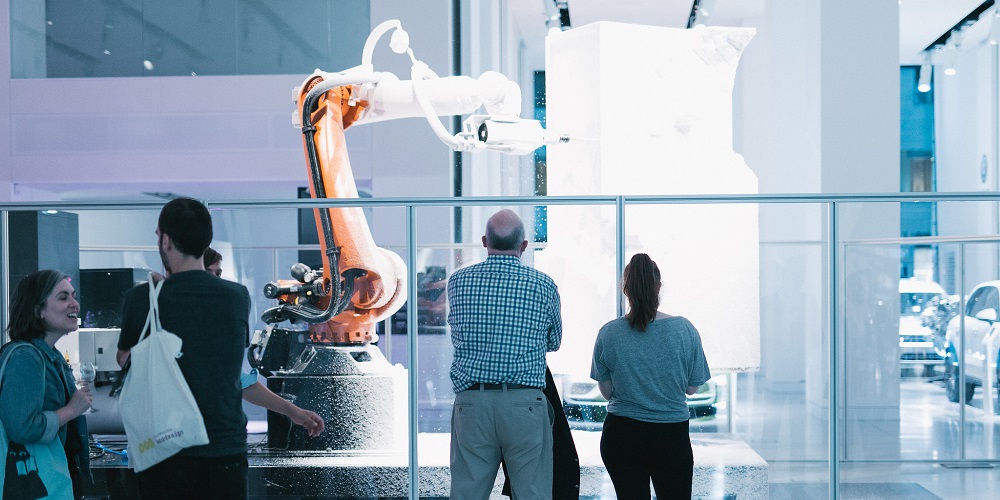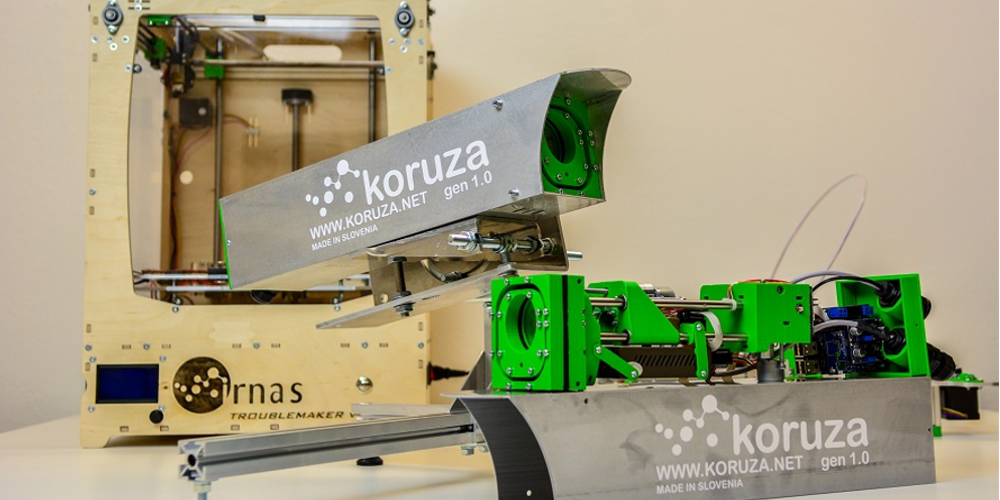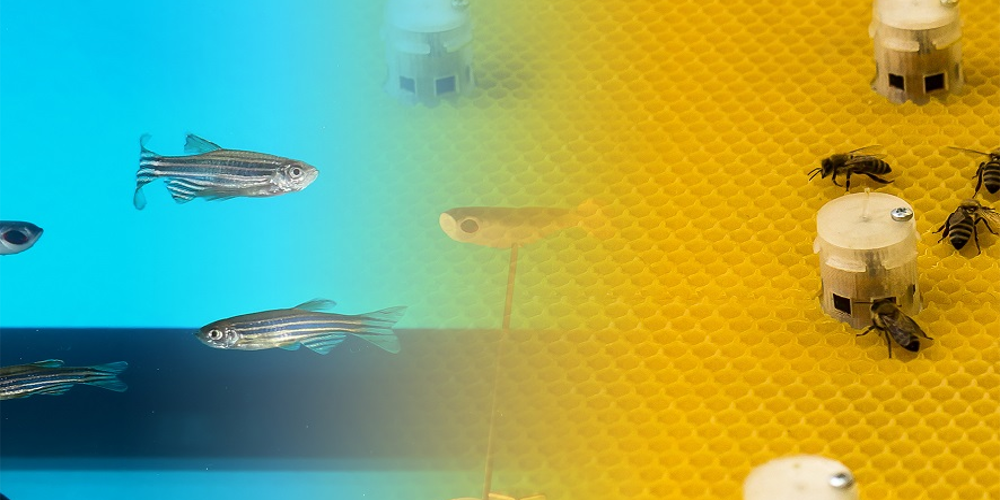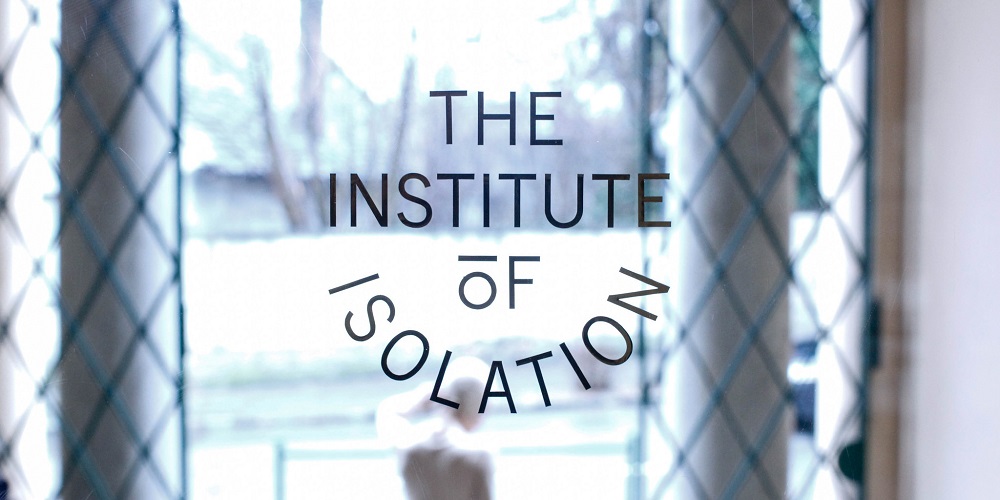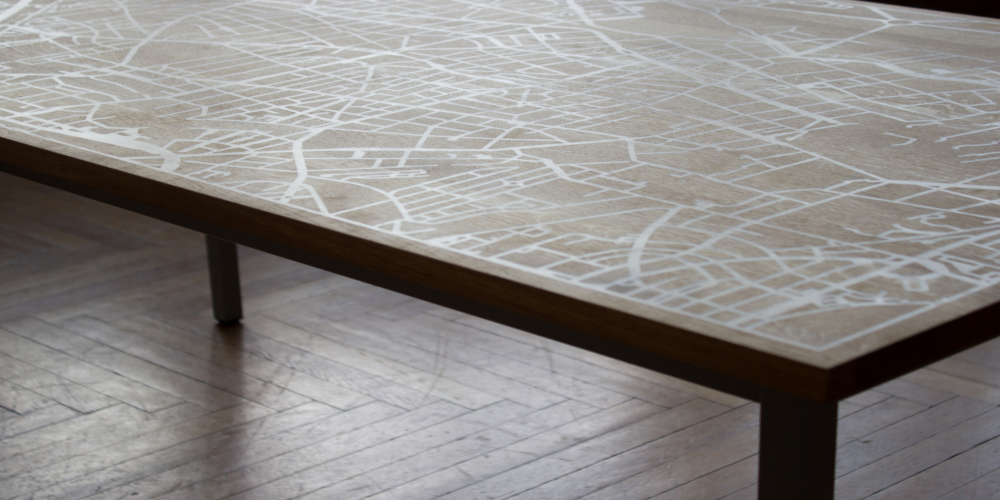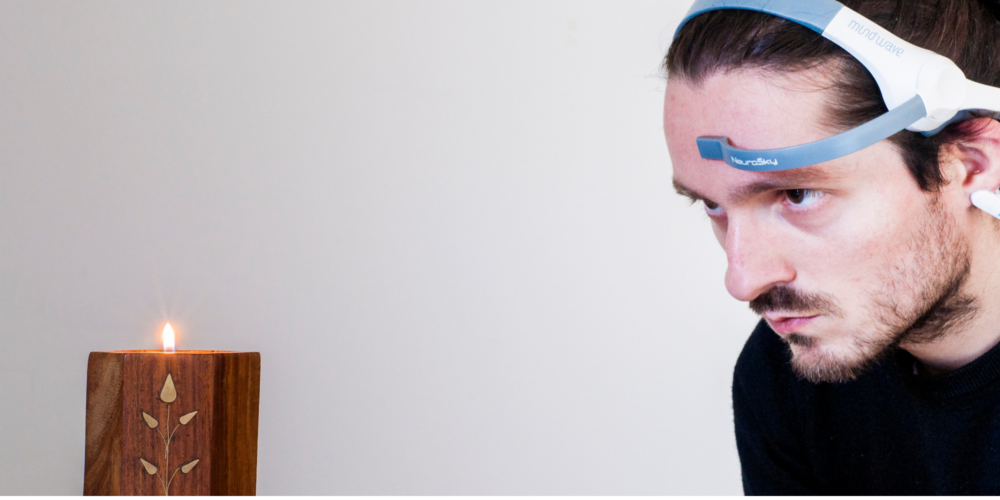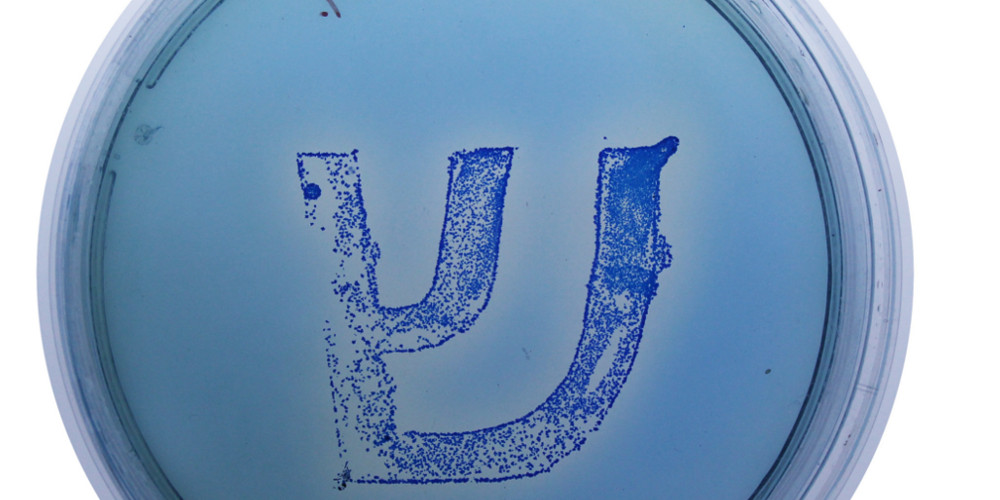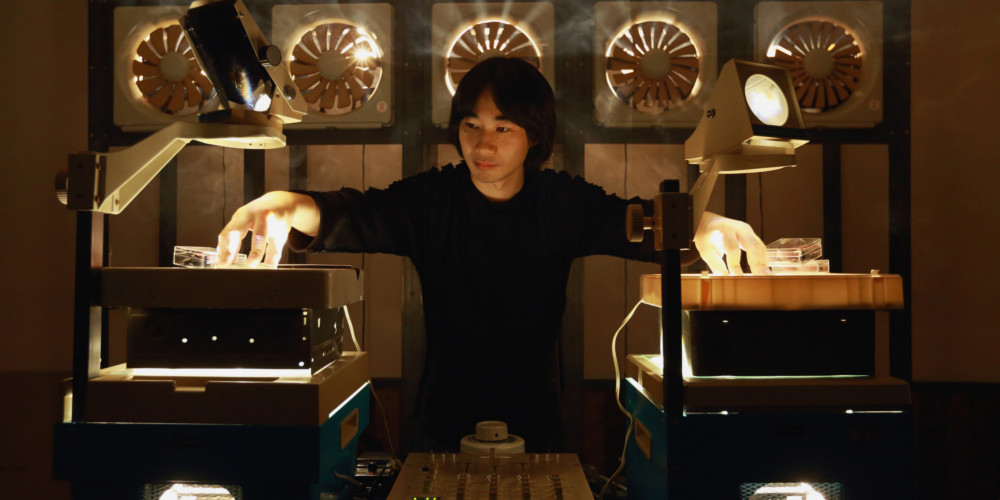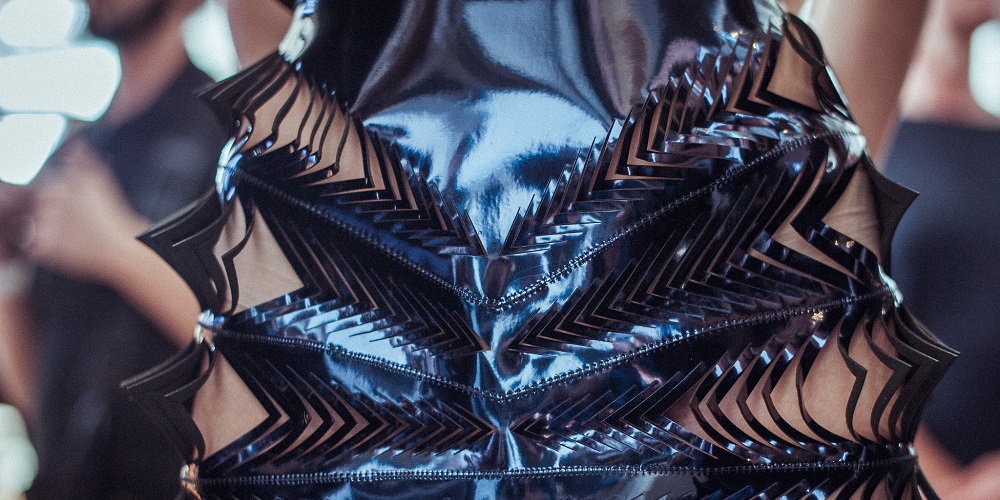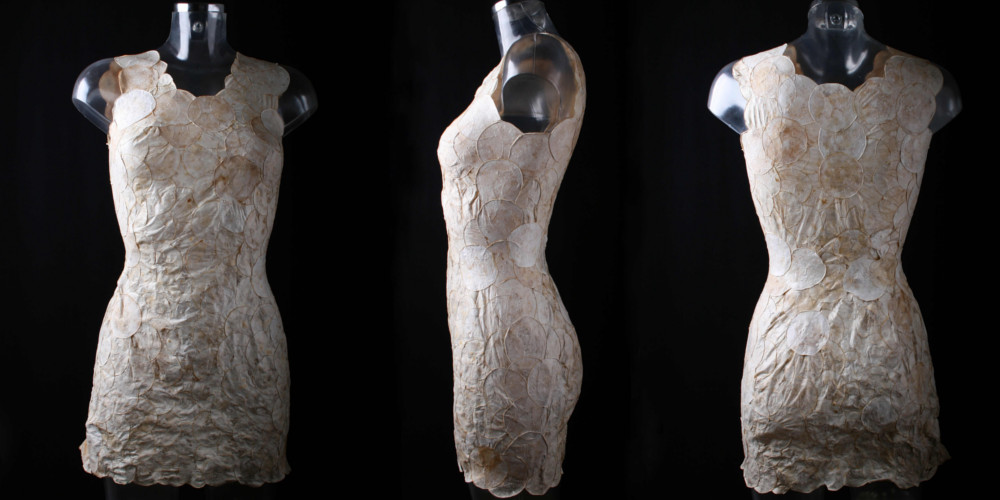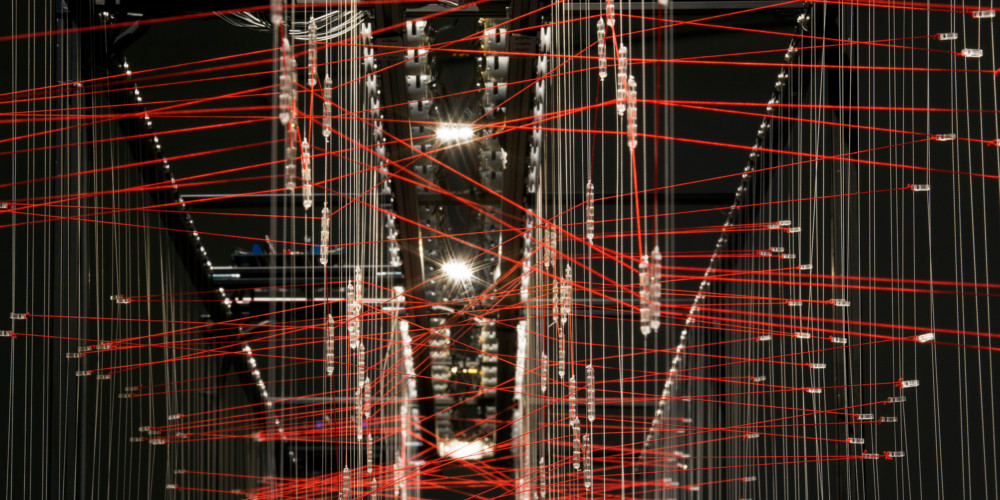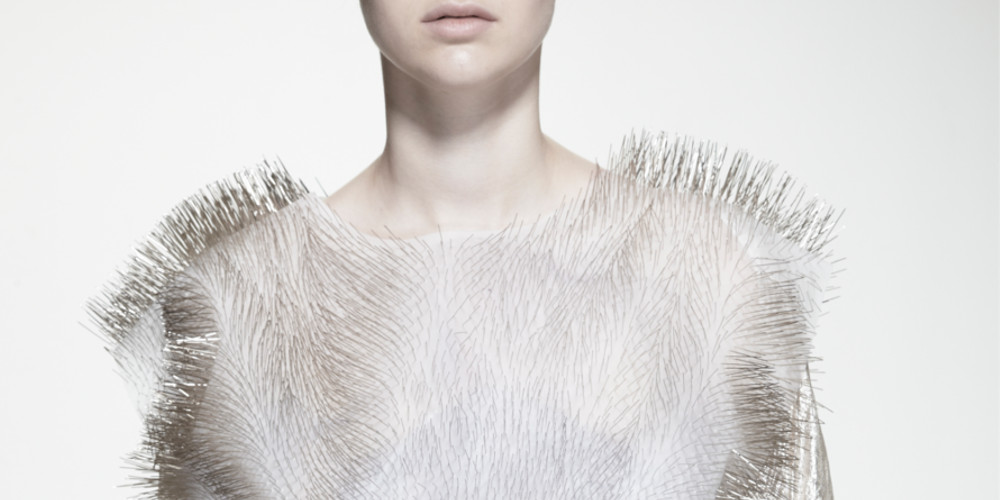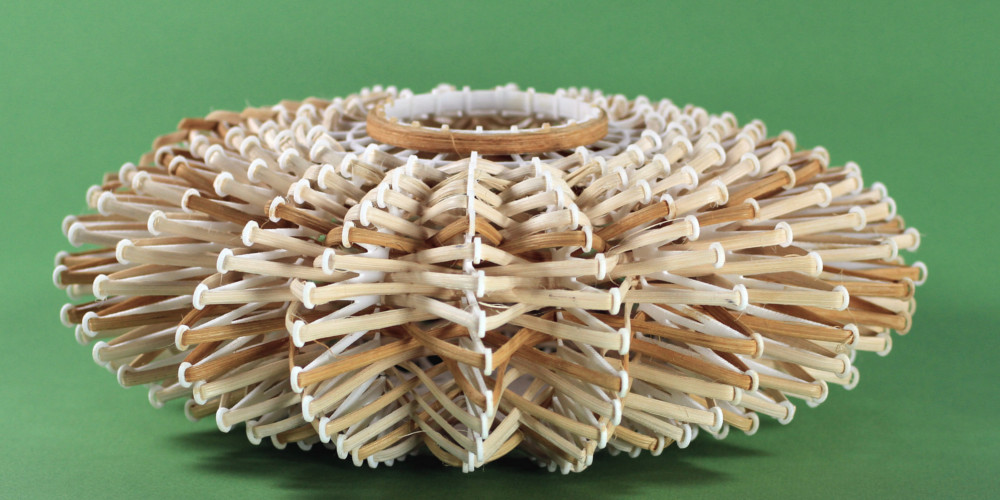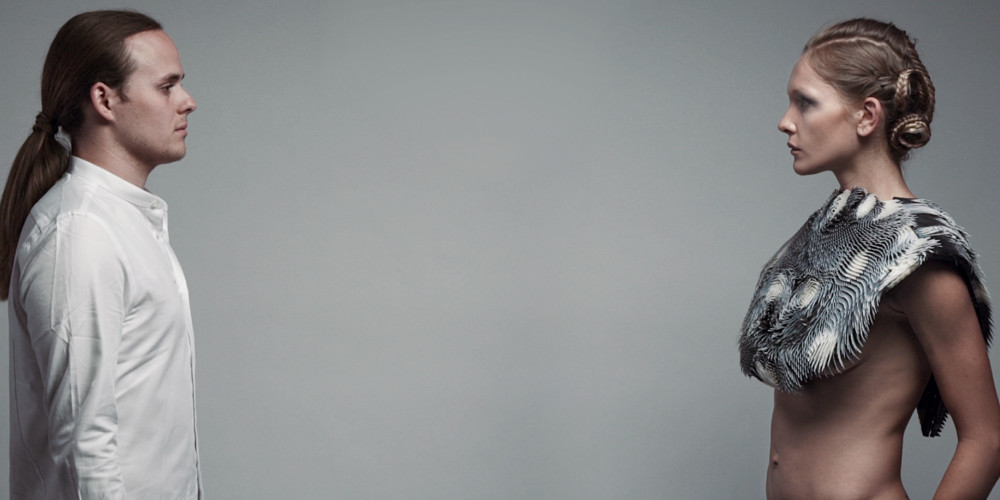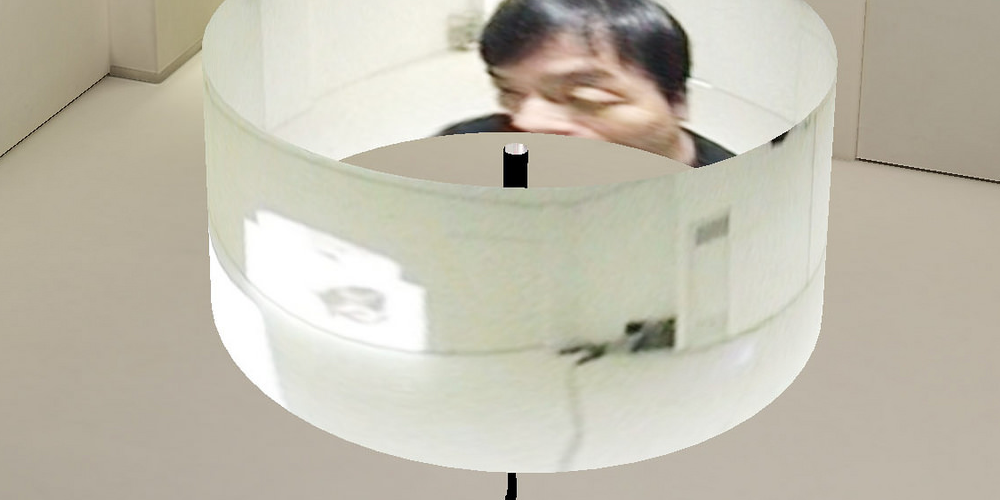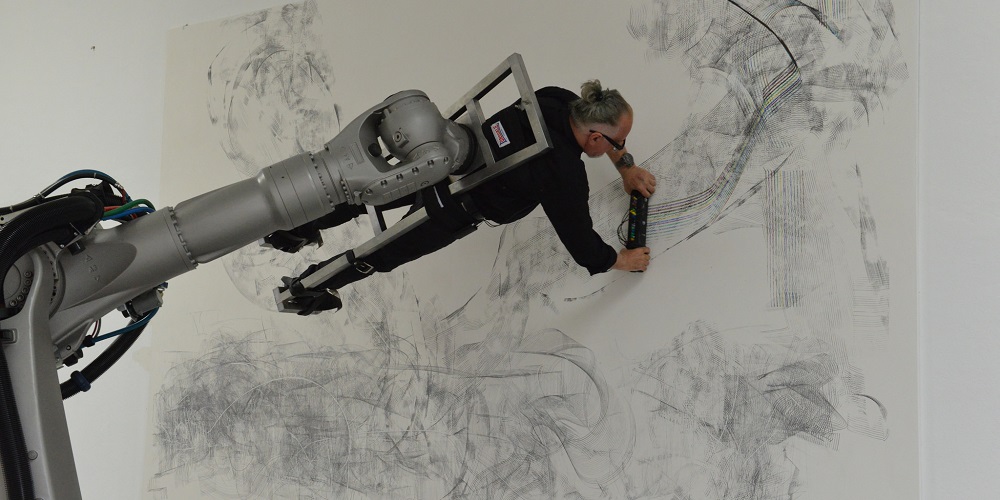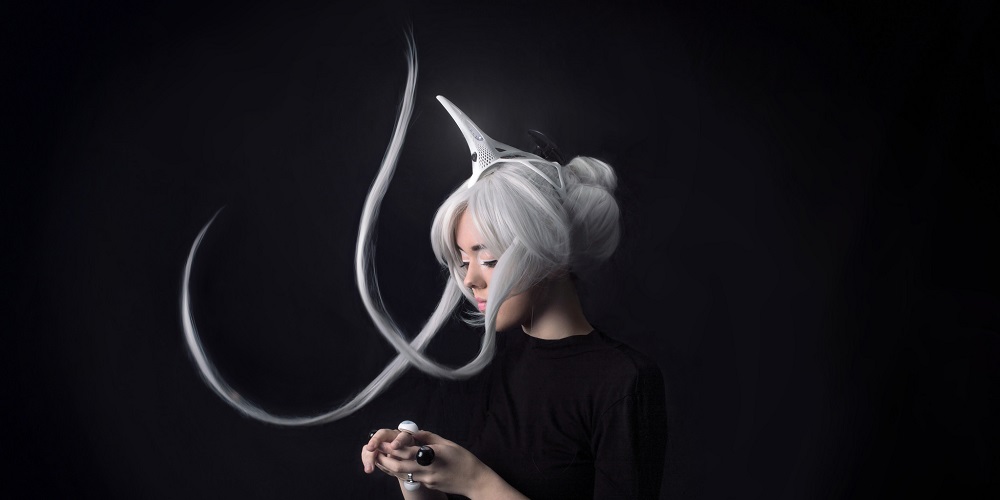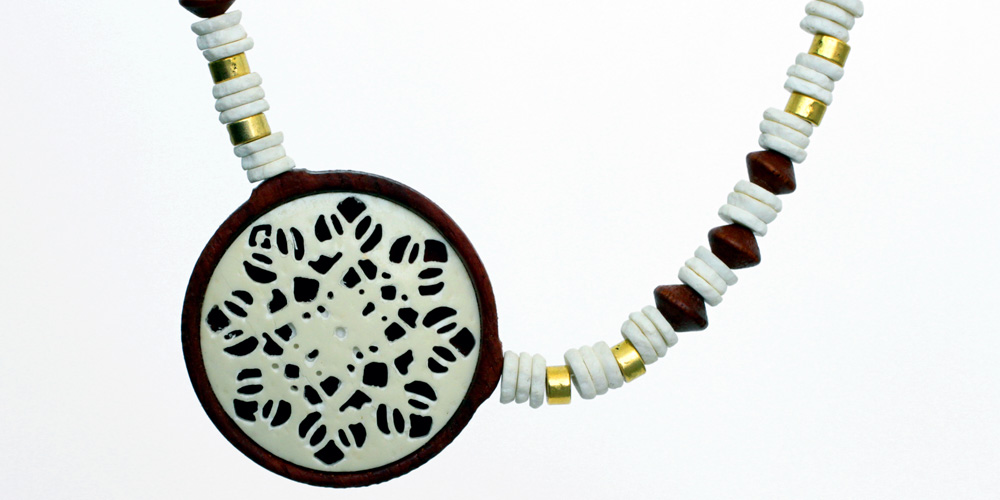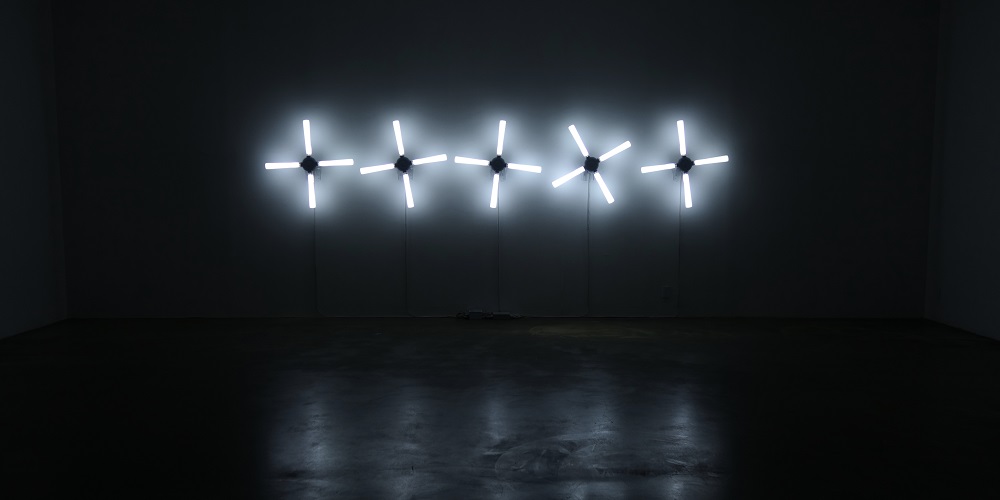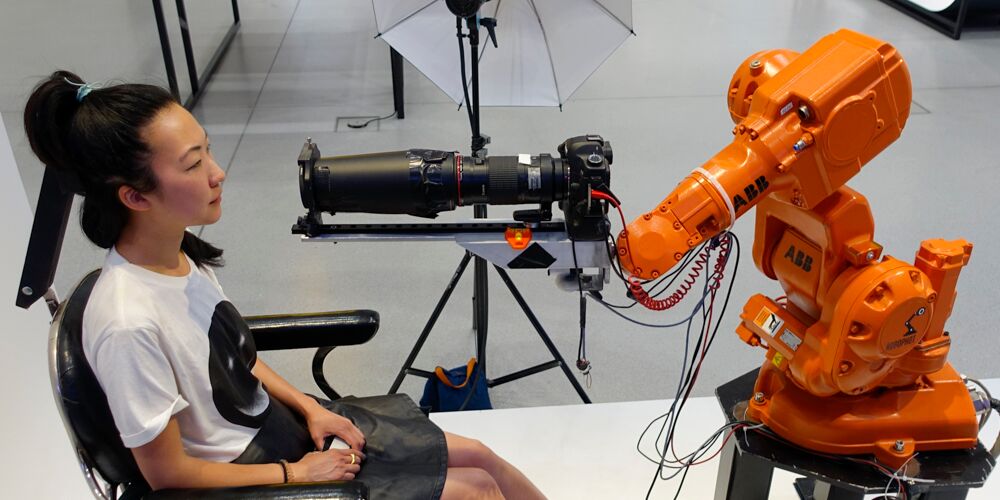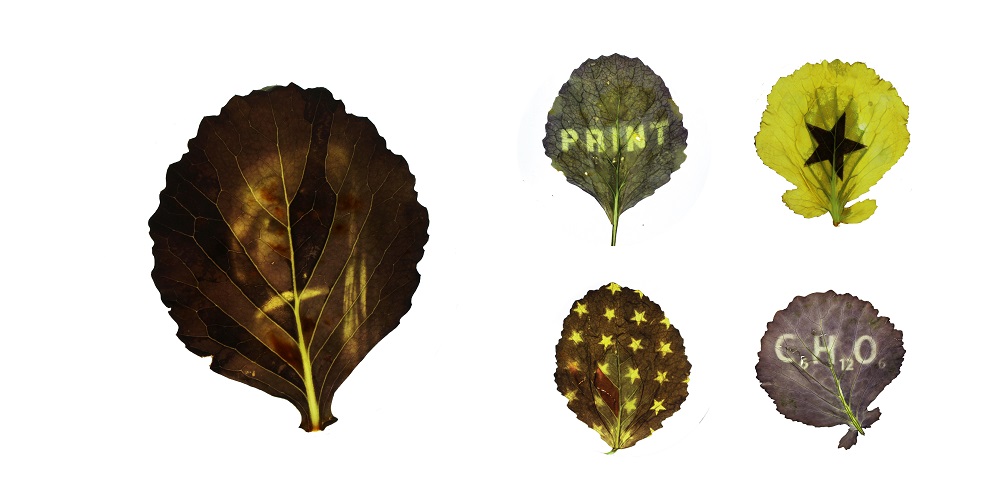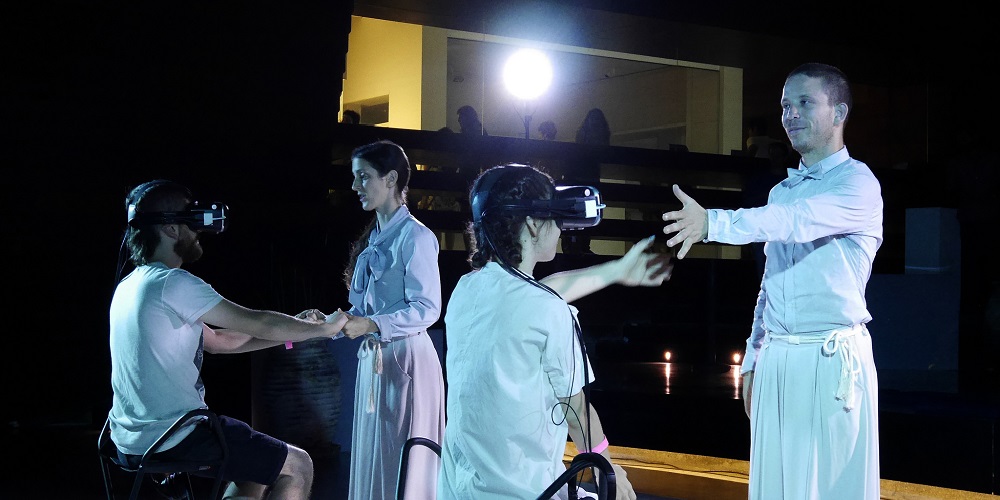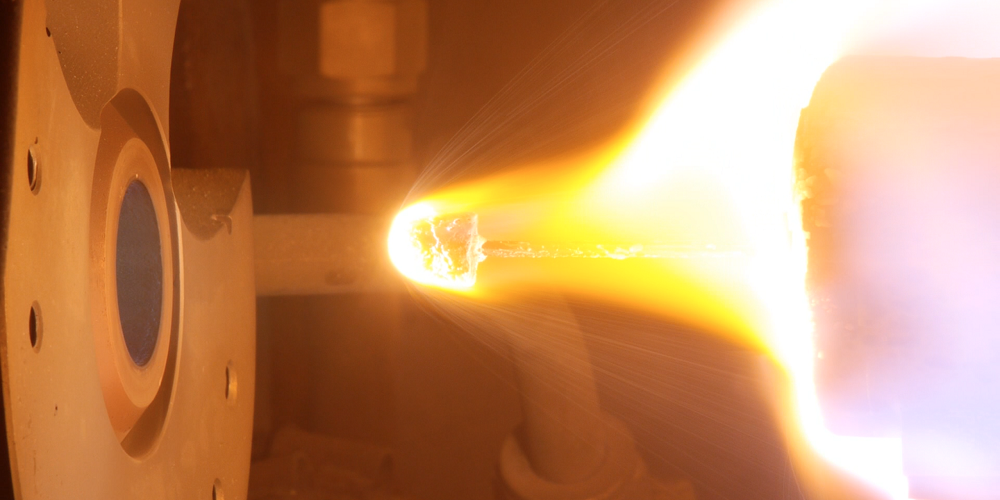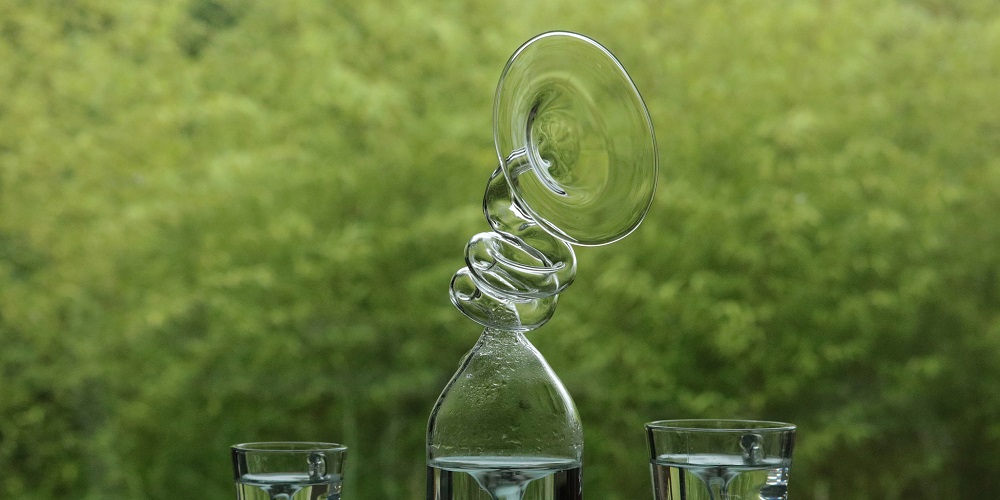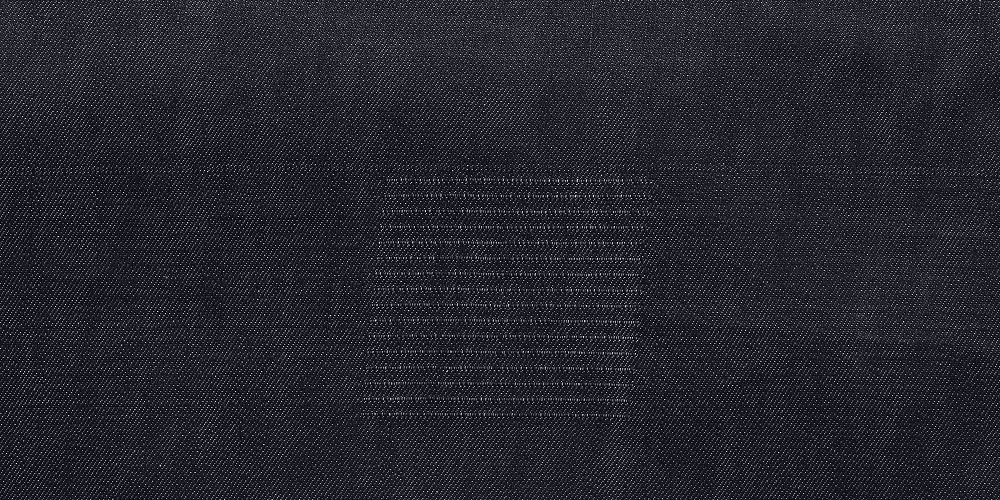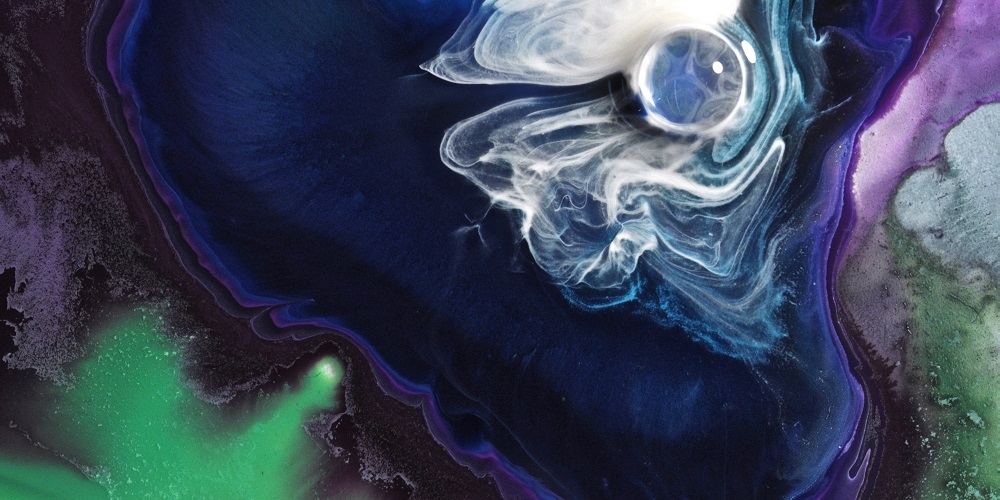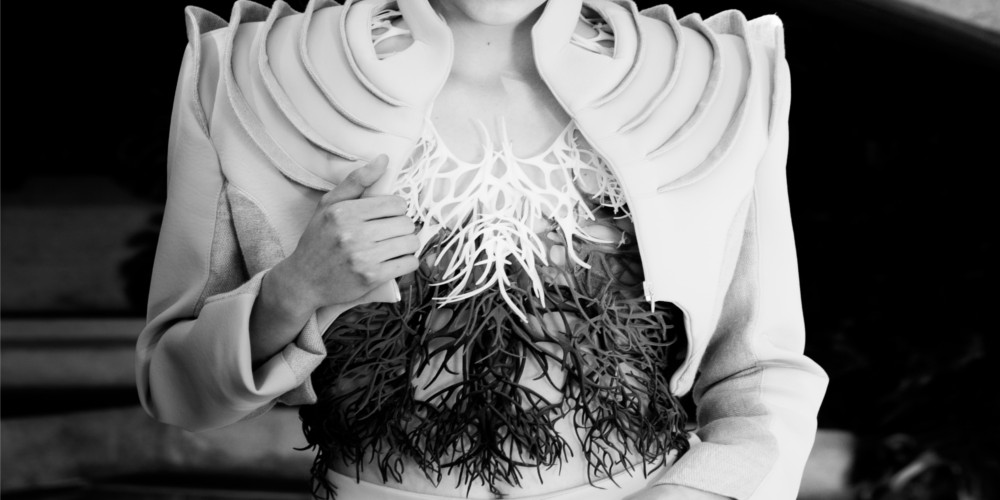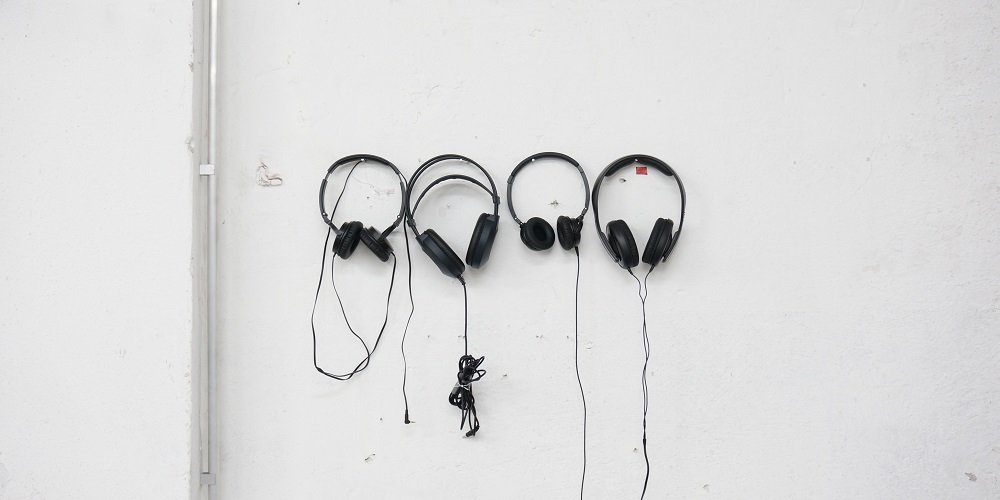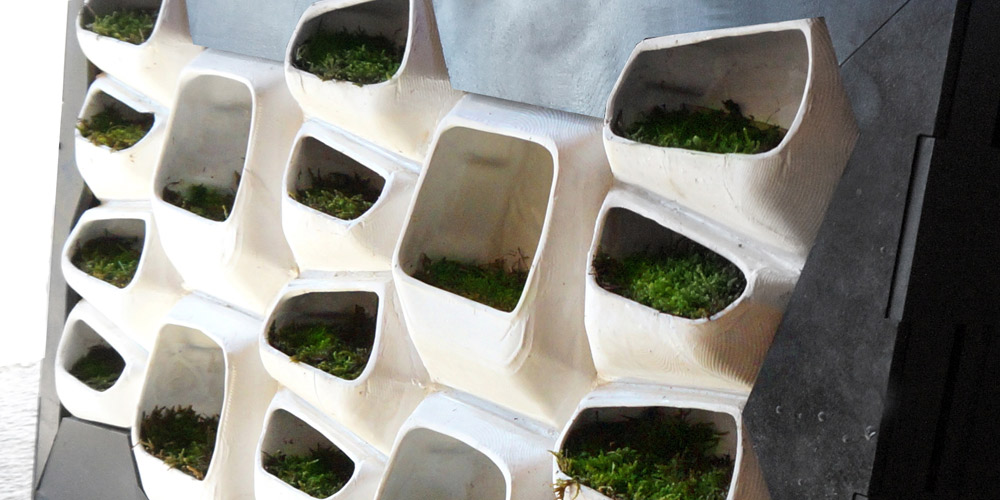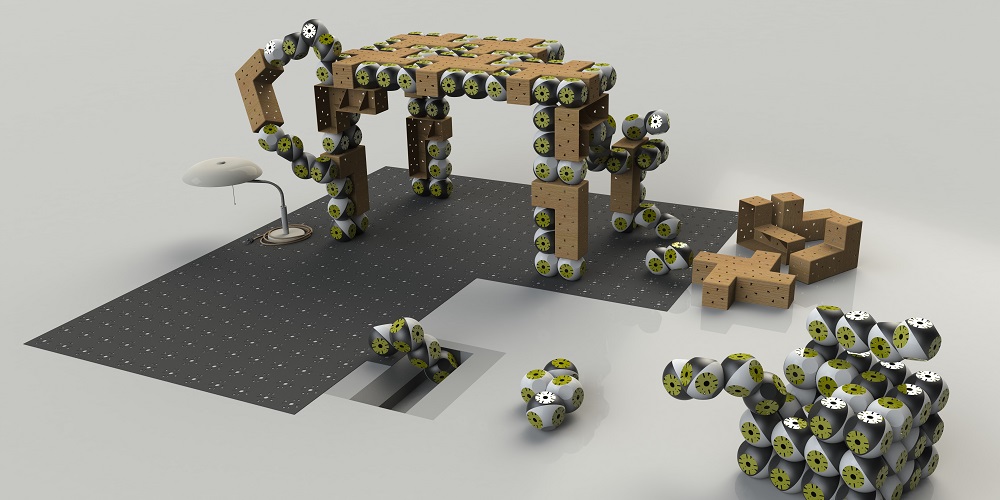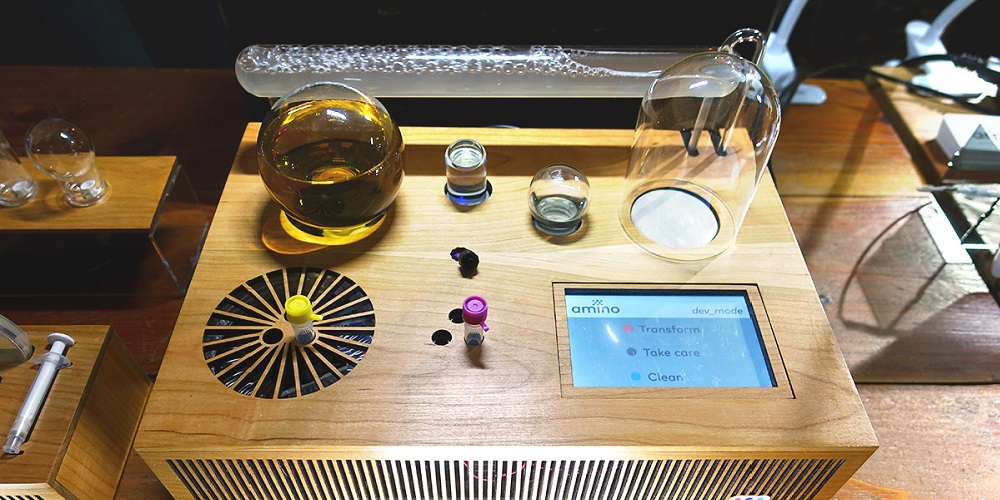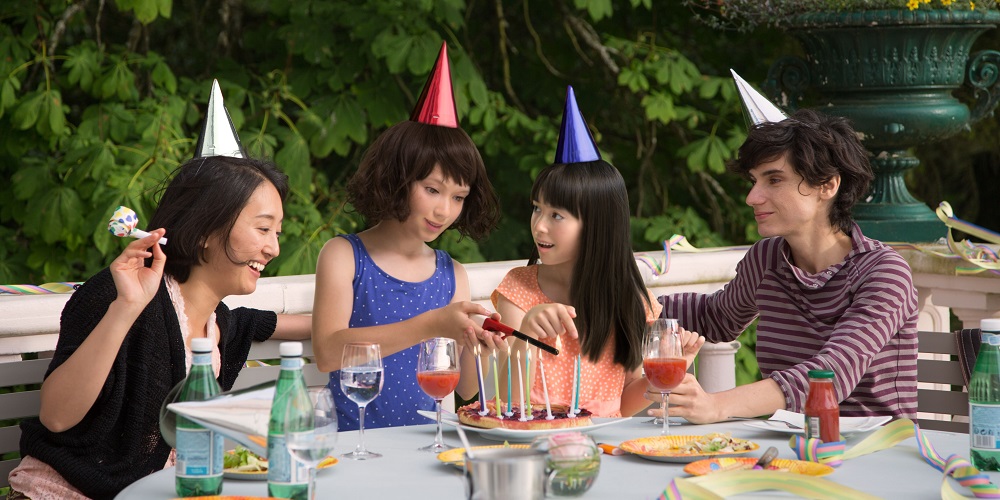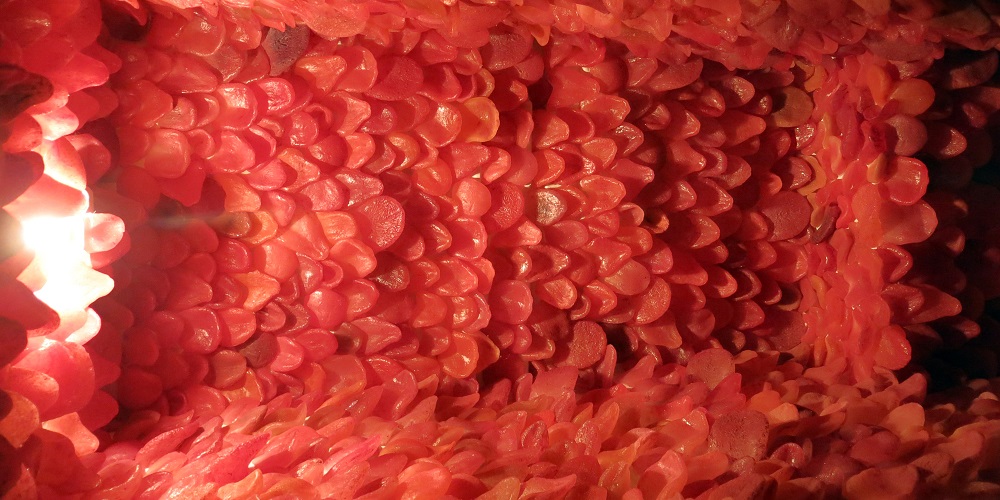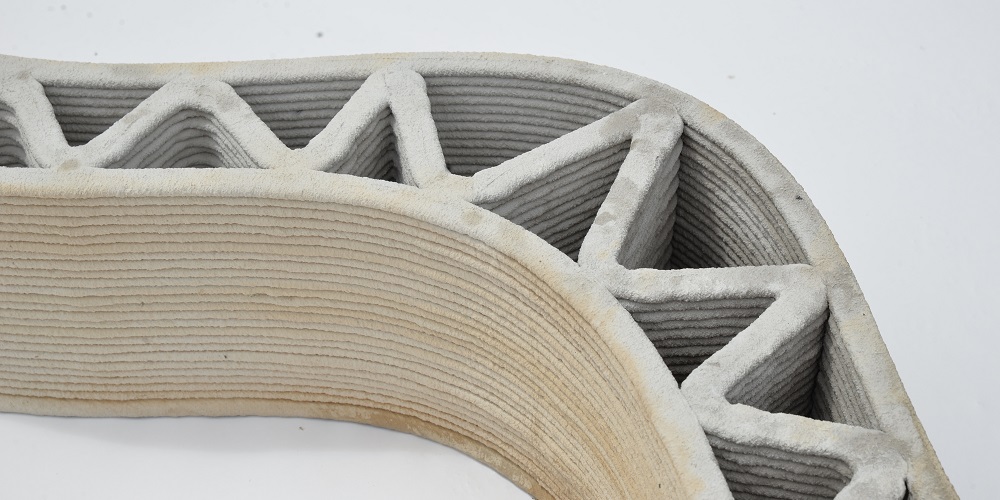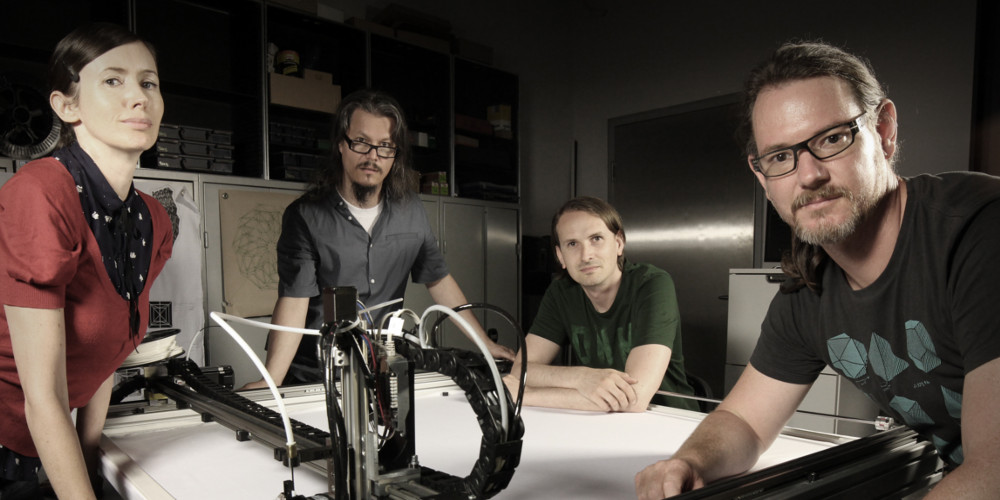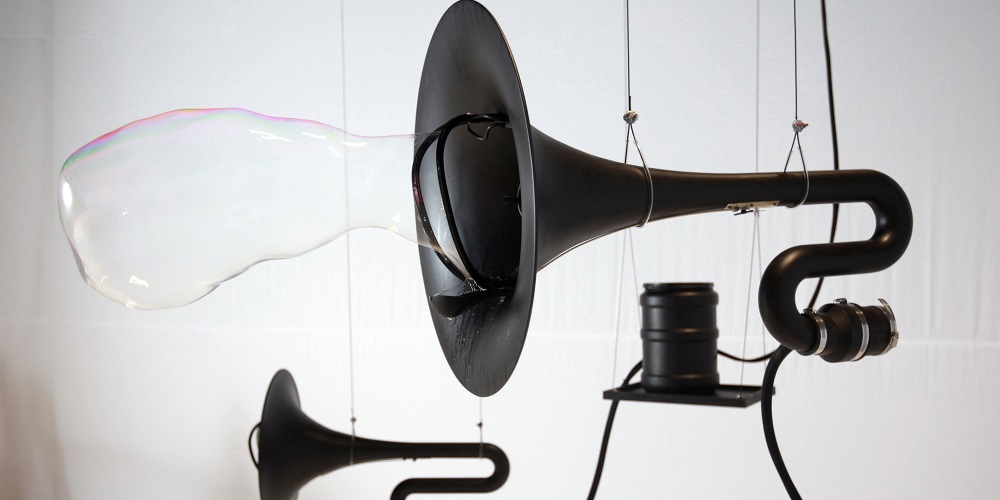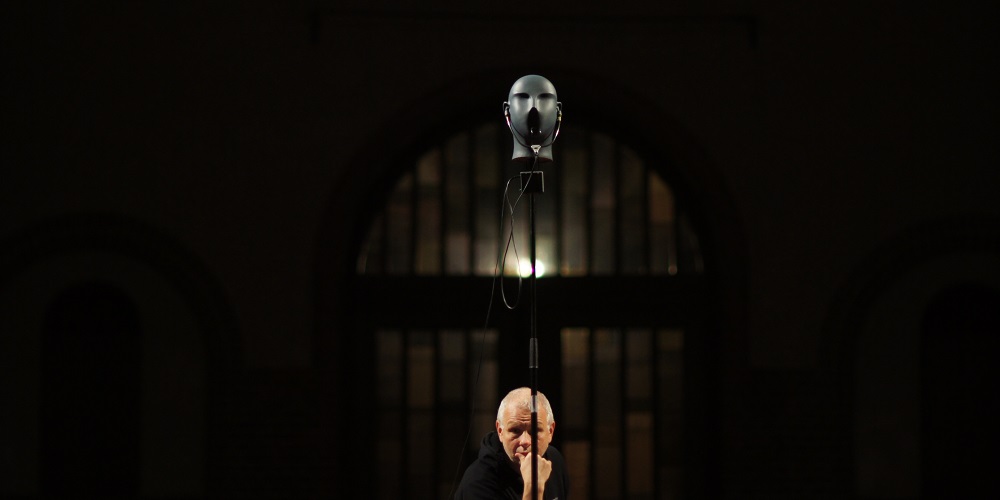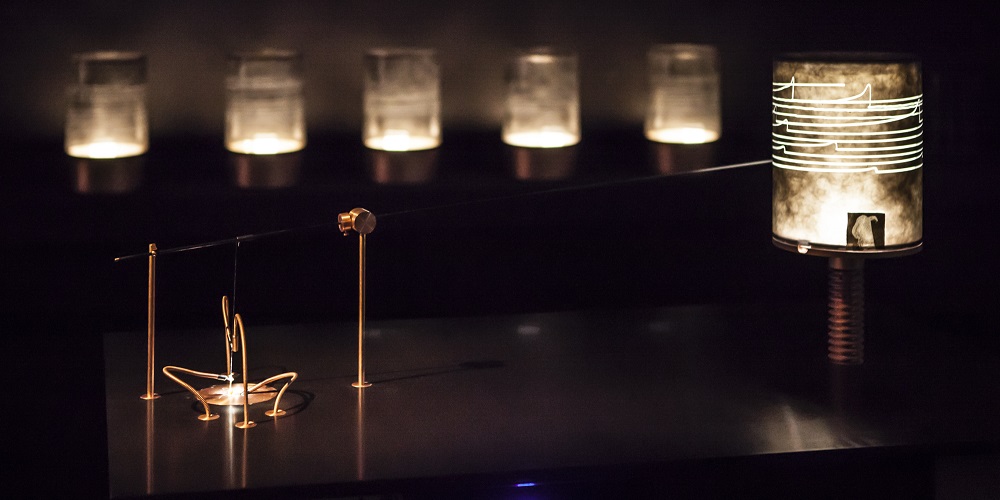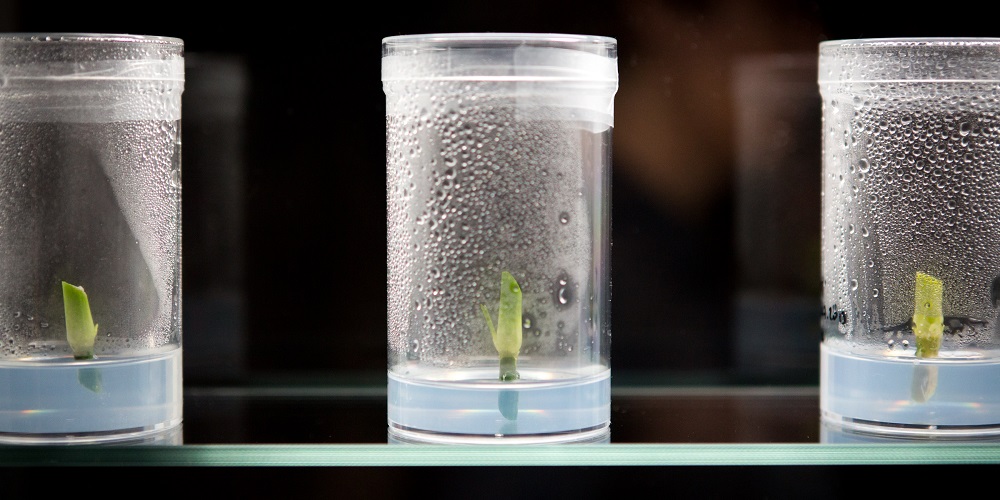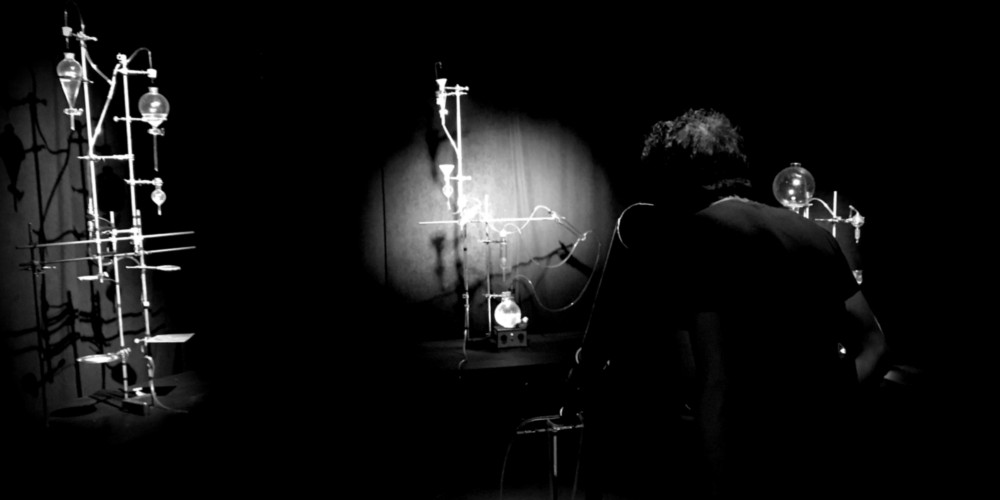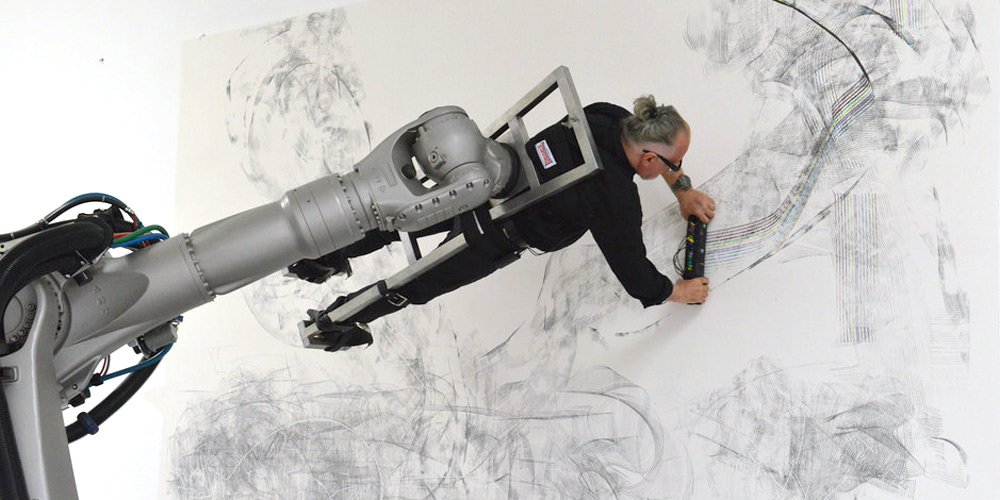
Who are the alchemists of our time, actually? The way we see it, they’re the creative ones whose hybrid working methods are overriding the borders between art and science, opening up completely new prospects thereby and drawing trailblazing conclusions from they’ve seen—the interdisciplinary, international teams of artists, scientists, designers and engineers who are now at work on the future of 3-D printing, genetic engineering, artificial intelligence, self-driving vehicles, nanotechnology and lots more. The “Alchemists of Our Time” exhibition at this year’s Ars Electronica Festival spotlights a new generation of artists and researchers—what they’re working on and how they’re going about it. This show will be running in the spacious halls of POSTCITY on the grounds of Linz’s main train station.
“Alchemists of Our Time” is a sprawling exhibition that features an inspiring mix of artistic takes on futuristic technologies. Multiple “Artists Labs” showcase works by individuals or interdisciplinary teams to provide fascinating insights into their concepts and methods. A high-profile eye-opener fronts this array: “Sculpture Factory” by Davide Quayola (IT) demonstrates how easily an industrial robot can morph into a journeyman sculptor. Right on site in POSTCITY, it will serially replicate meter-high sculptures by Michelangelo. Close by is a presentation of the projects singled out for recognition with this year’s STARTS Prizes awarded by the European Commission: “Magnetic Motion,” a futuristic fashion collection by Iris van Herpen, and “Artificial Skins and Bones,” several projects produced under the aegis of Berlin Weissensee Academy of Art, Fablab Berlin and Otto Bock, the world’s leading manufacturer of prostheses. Awaiting visitors a few steps further on are projects by Yasuaki Kakehi, Jussi Ängeslevä, Joe Davis, Marjan Colletti, Yoichi Ochiai, Lucy McRae, Masaki Fujihata, Shiho Fukuhara and Georg Tremmel. Here, festivalgoers can also partake of the works created by artists who’ve just completed an Ars Electronica residency—for example, the artists collective Quadrature that recently spent time at the European Southern Observatory’s facilities in Chile and Germany. Other participating artists: Tomotaka Takahashi (JP), Eric Dyer (US), Helene Steiner (UK), Daniel Boschung (CH), Thom Kubli (GER), Annouk Wipprecht (NL), David Benjamin (US)
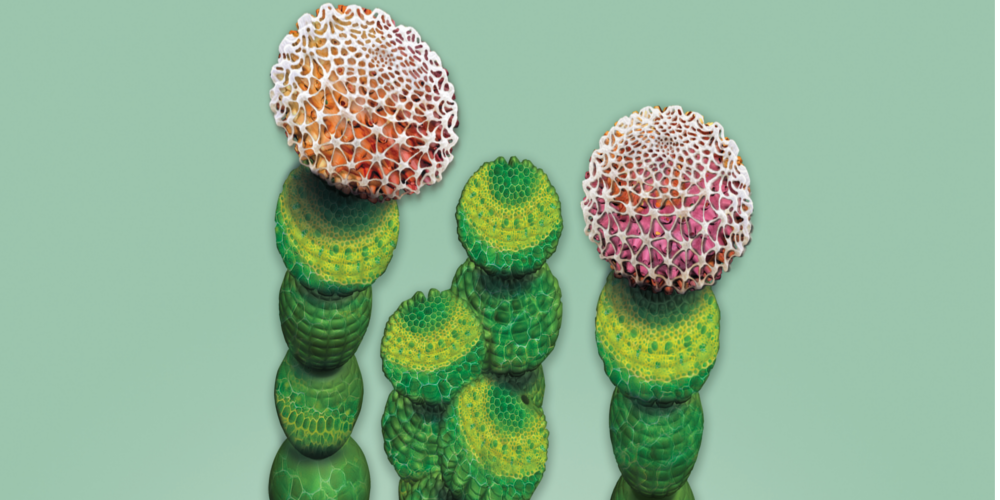
Susana Soares
The diversity of leaf shapes, sizes and structures allows plants to adapt to nearly every environment. The precise molecular switches that control this process are being discovered. Research on plant morphology is putting together the genetic blueprint that controls plant structure and shape.
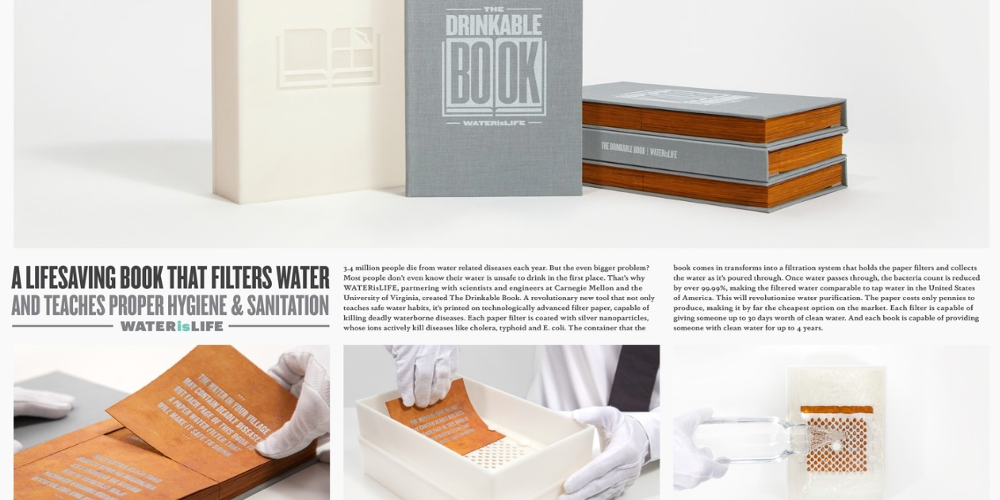
Theresa Dankovich
Introducing the Drinkable Book by Folia Water: no pipes, no pumps, just a lightweight, long-lasting, inexpensive paper filter that kills bacteria and viruses while removing parasites, algae, cryptosporidium, giardia, cholera and other waterborne pathogens. Pour dirty water in and clean water comes out.
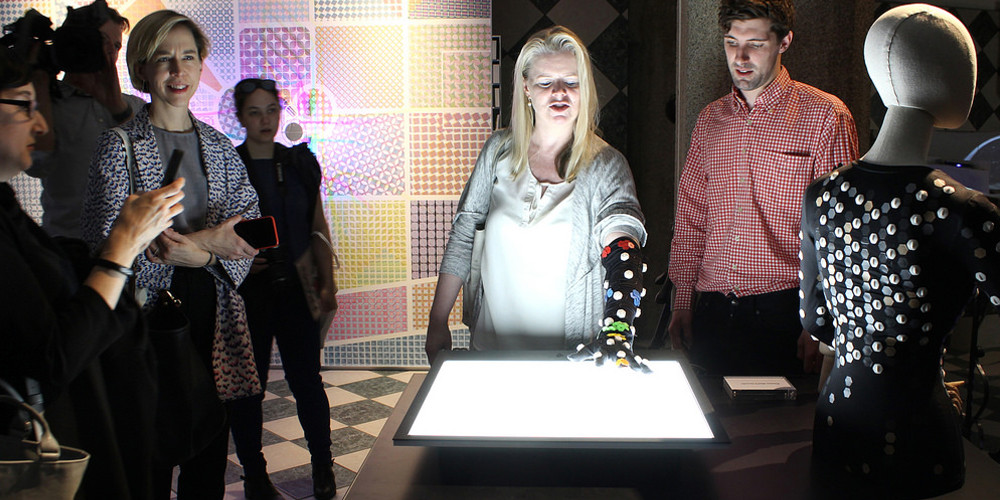
Charlotte Furet, Catherine Ka Hei Suen, Andre McQueen, George Philip Wright
Skin is our interface with the physical world. Sound and vision allow you to observe and understand, but touch allows you to interact. In the digital environment to go from the position of an observer to that of an active participant, a person must be able to feel the virtual world they are entering and the transition into it.
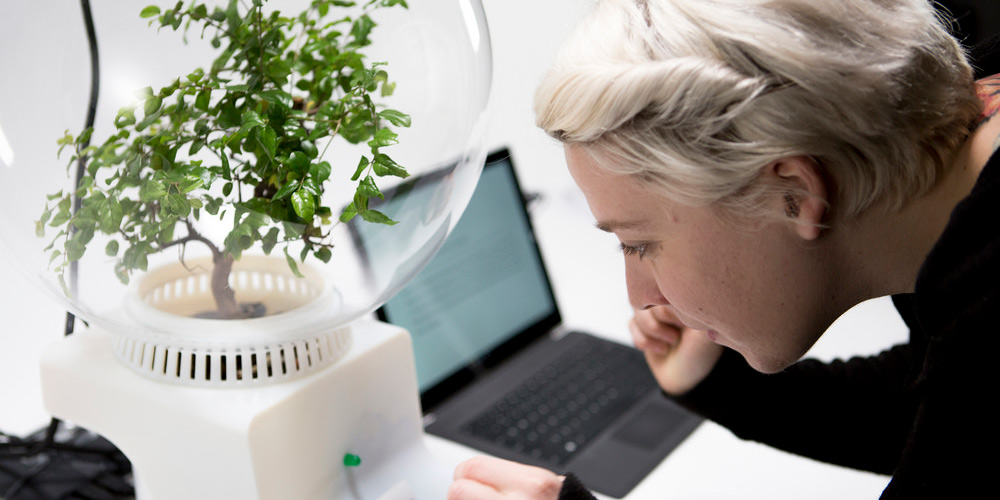
Helene Steiner, Paul Johns, Asta Roseway, Chris Quirk, Sidhant Gupta, Jonathan Lester
Nature has many languages. Project Florence takes advantage of the sensibility of plants to different light frequencies and uses it to trigger electrical responses by a plant and compares the similarities between plant signals and natural language processes.
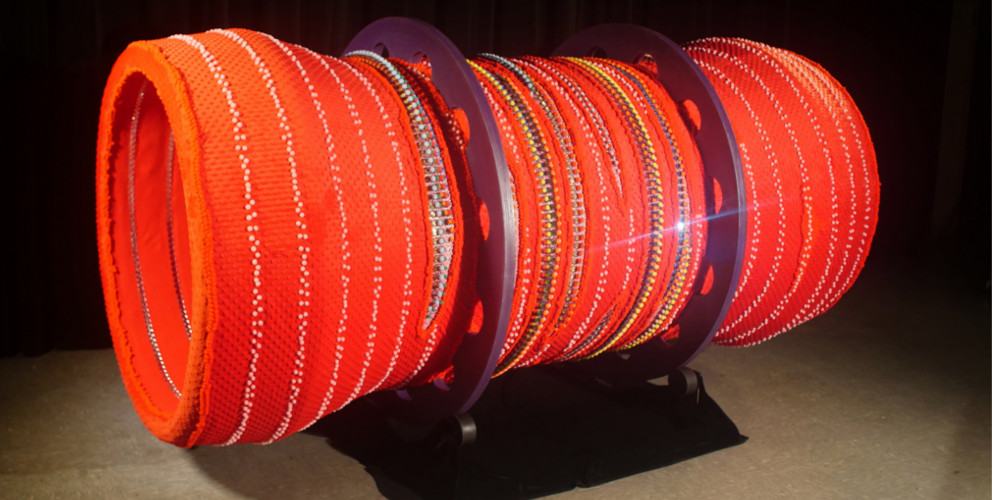
Eric Dyer
Implant is an imaginary medical device that fits into a blood vessel, neuron, etc. It is super-enlarged, making the viewer feel microscopic. With a genetic retinal disease in his family’s DNA, Dyer has closely followed developments in gene therapy, including the insertion of healthy genes into the body using viruses.
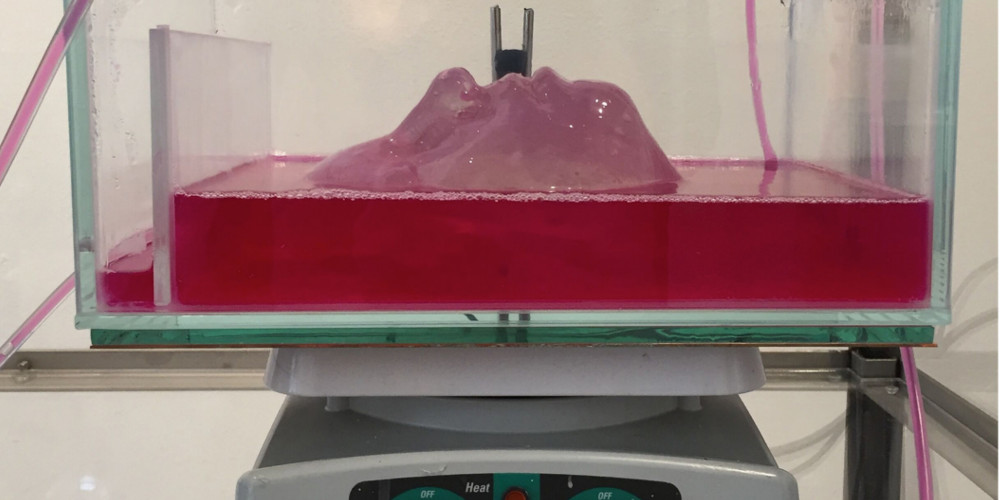
Gina Czarnecki, John HuntWhen human materials are stored, grown and used outside the body it can be hard to say exactly who is being cared for, to say where, between us and our cells, identity lies.
Heirloom grows living portraits of Gina Czarnecki’s two daughters using cells collected from inside their mouths using a buccal swab.
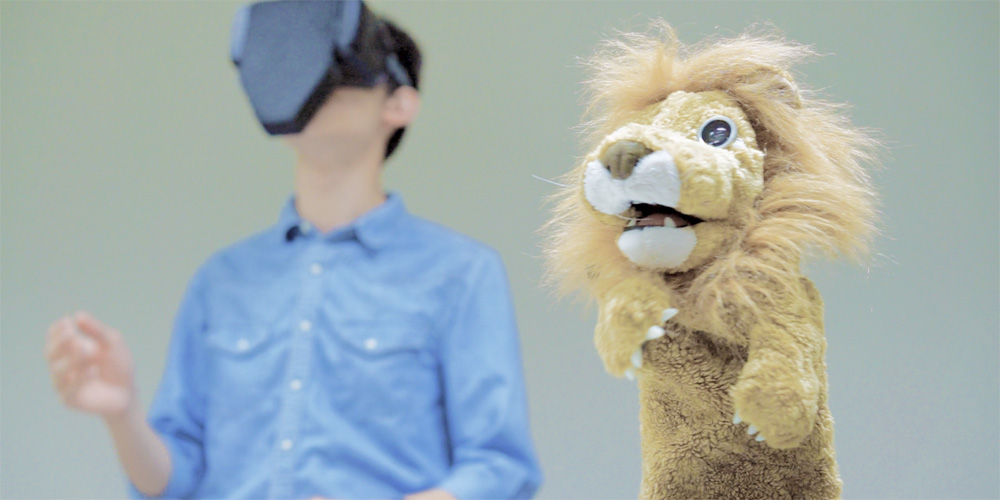
Yoichi Ochiai
Yoichi Ochiai (JP), born in 1987, is a media artist, an assistant professor at the University of Tsukuba and head of its Digital Nature Group. He has a PhD in applied computer science from the University of Tokyo. He is working on new inventions and research through a mixture of applied physics, computer science and art. He has received the Innovative Technologies Prize from METI Japan, the World Technology Award from WTN, and many more.
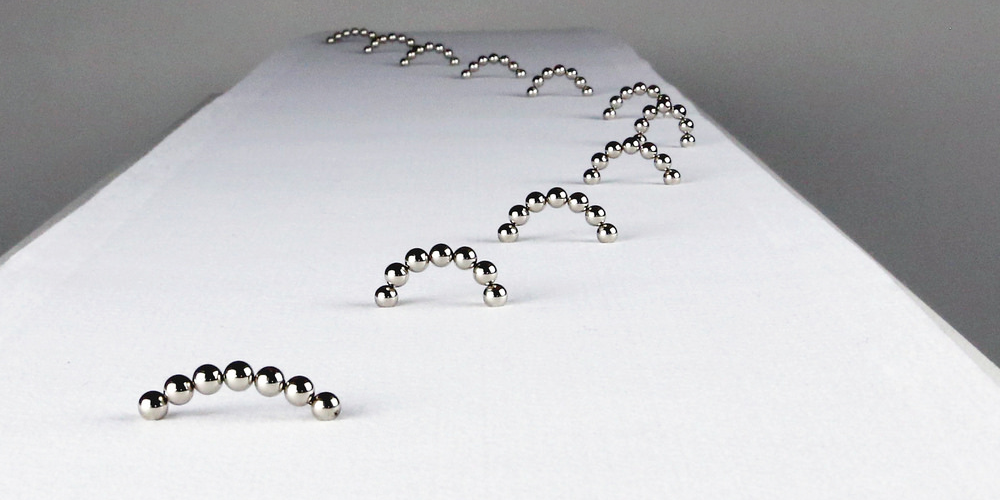
Yasuaki Kakehi
Yasuaki Kakehi is a media artist and HCI researcher. An associate professor of Environment and Information Studies at Keio University. He develops interactive media that extend the human body, tools and communication by multiplying the five senses, affecting the properties of physical materials.
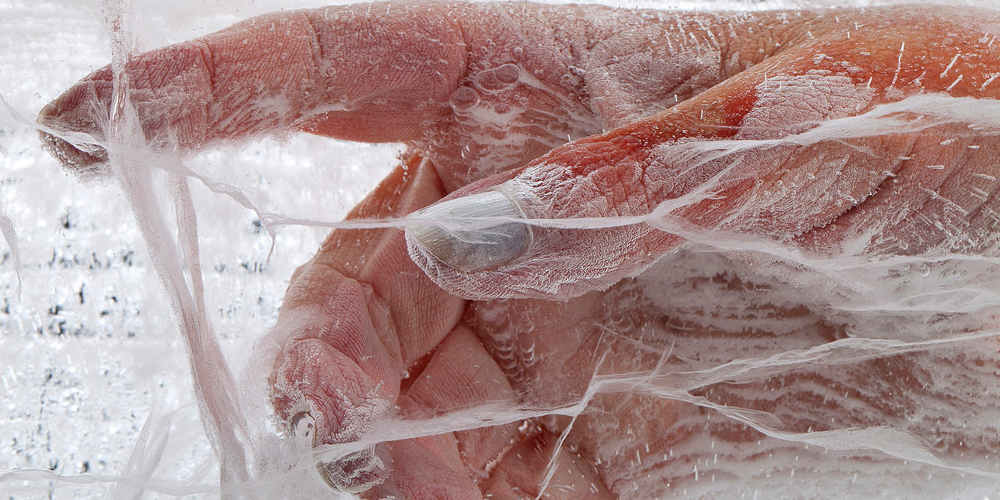
Dean Verzel
Anatomy of Frozen Genesis is an art project developed after a lengthy and complex process in 2011 in situ and in collaboration with the Institute of Anatomy at the Faculty of Medicine, University of Ljubljana. The final output was then documented by photo and video documentation of the technical and creative process.
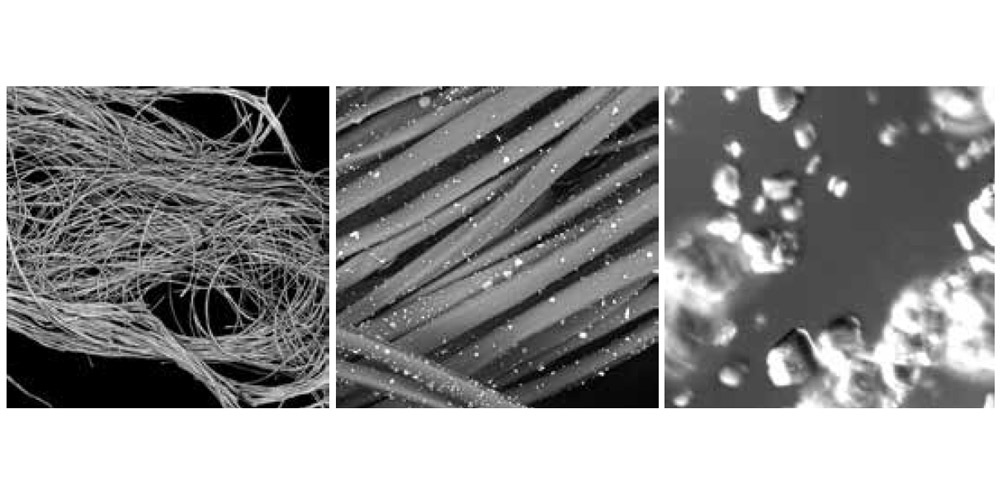
Joe Davis
The works of Joe Davis show how alchemy and the search for the miraculous can survive, even in this day and age. For “Bombyx Chrysopoeia,” he raised genetically engineered silk moths whose woven silk fibers can incorporate metals like gold or platinum. In “Astrobiological Horticulture”, the organisms bred here could theoretically survive even on Mars.
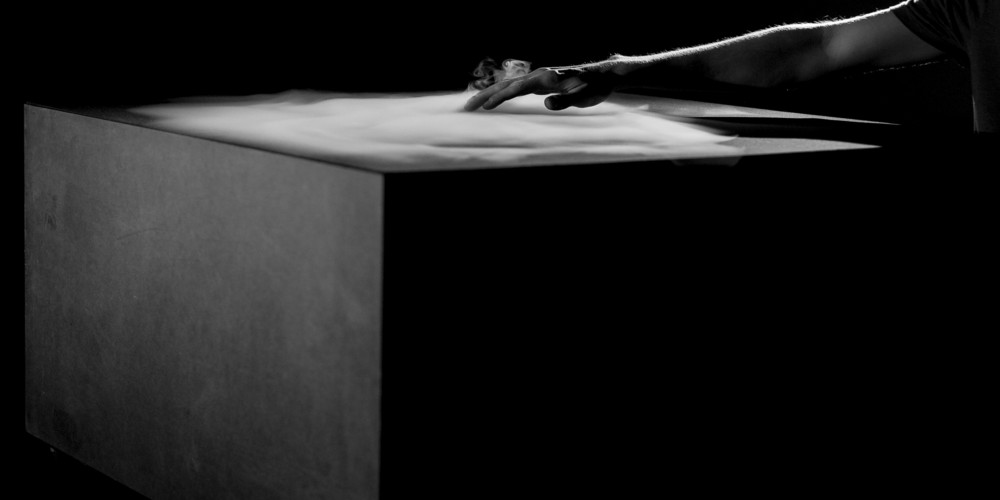
Michael Kugler, Sebastian Wolf
In the collaborative work Brume fog emerges from and self-organizes on the surface on a sculptural element, congealing with light into an elusive stratum. The installation utilizes a series of ultrasonic transducers that generate thick clouds of dense, yet extremely lightweight water vapor.
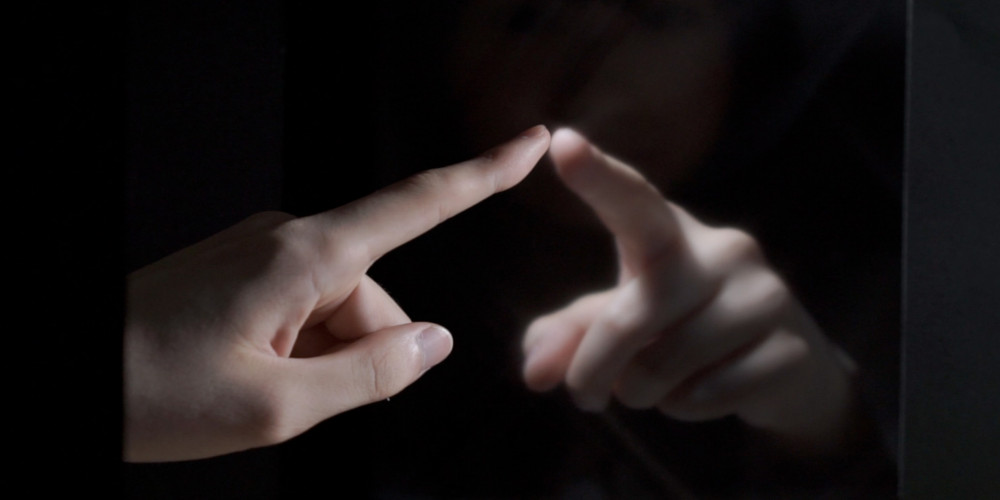
Shinoda & Makino Laboratory
Haptoclone creates 3D visual images of objects and produces haptic interactions with the 3D images. The system has two small workspaces and they are completely symmetrical. A person’s hand or an object in a workspace is cloned to the other workspace and two people in front of the two workspaces can touch each other through their 3D images with haptic feedback.
This is the place where experts can meet and discuss in small groups about alchemistic solutions for our world. It is an open place, where festival visitors can participate in the discussions. Here, you can break the barrier of key panels and formal lectures and discuss directly with visitors and other experts in small groups. You can choose the time, date and the topic of your speech – no rules, no restrictions.
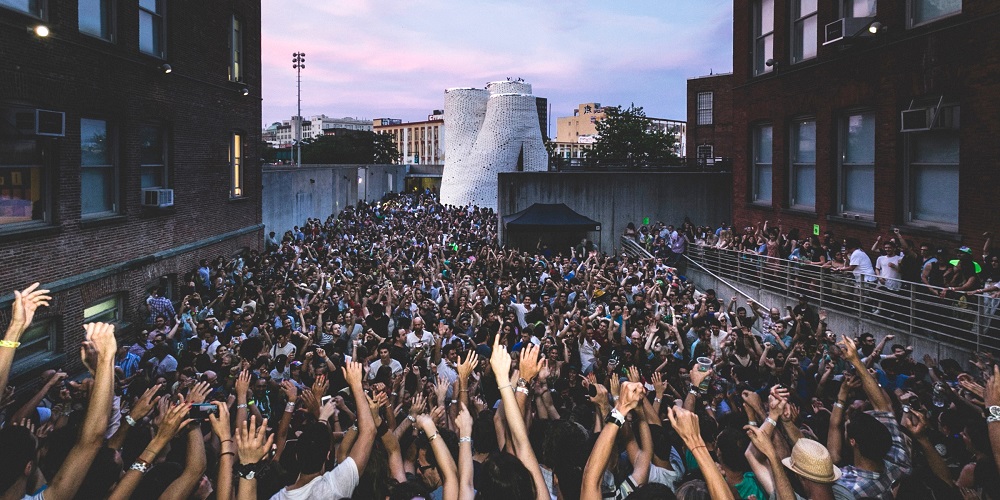
The Living
Hy-Fi offers a captivating physical environment and a new paradigm for sustainable architecture. In this project we tested and refined a new low-energy building material, manufactured 10,000 compostable bricks, constructed a 13-meter-high tower, hosted public cultural events for three months, dismantled the structure, composted the bricks, and returned the resulting soil to local community gardens.

